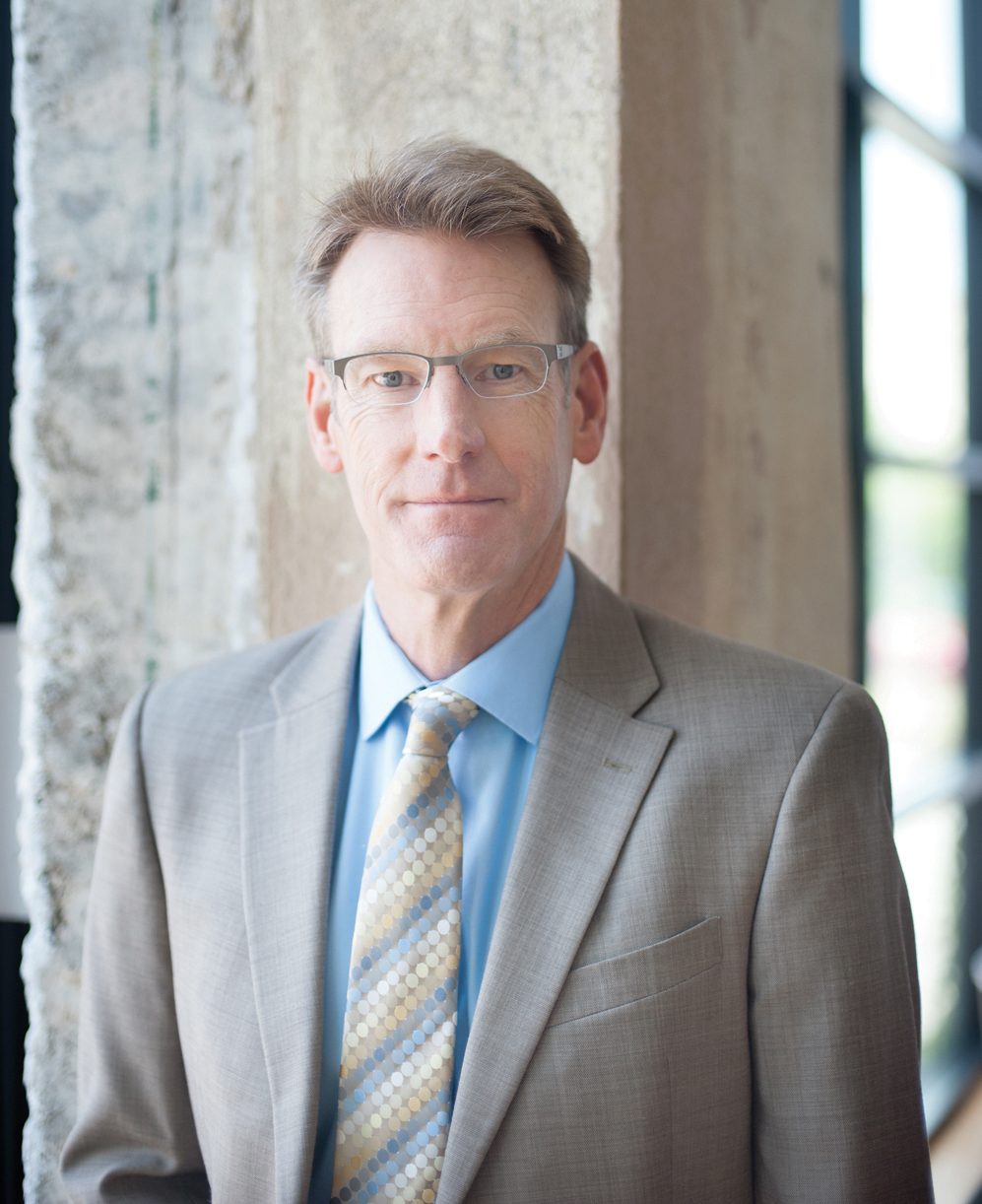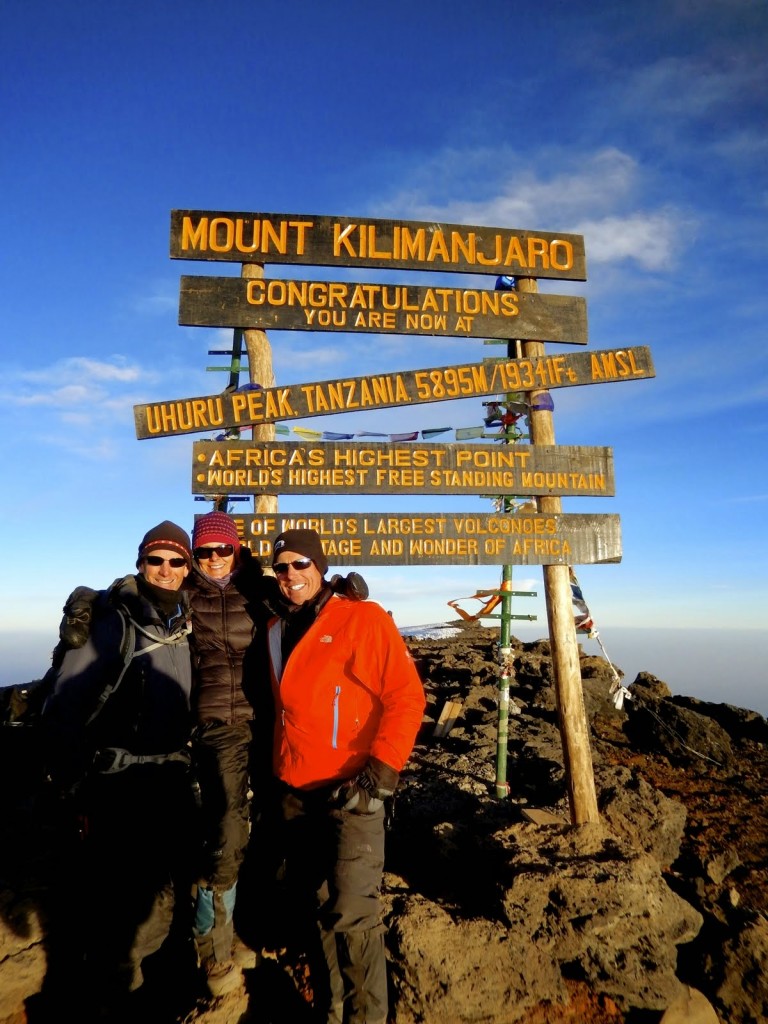
Doug Brown, PE
Principal
Doug received his Bachelor of Science in Architectural Engineering and his Bachelor of Science in Environmental Design degrees from the University of Kansas. His project…
View Profile
Pole-pole is Swahili for “slowly, be calm, don’t excite yourself.” It is the phrase used by the guides and their crew as they lead you on the ascent of Mt. Kilimanjaro. A simple reminder that climbing in this manner will allow your body to more readily adjust to the change in altitude and less oxygen.
Standing at 19,341 feet, Mt. Kilimanjaro is the tallest freestanding mountain in the world. Located in Tanzania, it’s the tallest on the continent of Africa and one of the seven summits. A few years ago, my wife said she would love to climb Kili. Seriously I thought?! We had never climbed a mountain before and our only exposure to altitude was skiing in Colorado once or twice a year. We rarely hiked and I couldn’t even remember the last time either of us went camping. Although Kilimanjaro is not a technical climb, mountaineers consider it physically demanding and only 66% of climbers actually reach the summit. Nevertheless, it landed on our “bucket list” and we convinced my brother-in-law to join us.
A whole lot of preparation goes into an undertaking of this kind of adventure. We began hiking more, loading our backpacks with hydration bladders full of water and even added dumbbells to increase the weight. Our local trails didn’t provide us with great distance or elevation change, so we traveled to state parks to increase both. We climbed 14,000 foot mountains in Colorado starting with Long’s Peak and tried to ascend one each year after. My wife researched the logistics of choosing one of the seven possible climbing routes and selected an outfitter to guide us. We researched clothing and gear to make sure we were properly equipped for the conditions we would encounter. We’ve always been physically active, but we added additional workouts to increase our cardio and endurance. Pole-pole, over time we were prepared. Our climb along the Lemosho Route would take eight-days, cover 42 miles through four climatic zones and an elevation gain of 12,000 feet to the summit, Uhuru Peak.
The first few days we spent adapting to the camping, the food, the dust, and the overall conditions of “living” on a mountain. Our first camp, Mkubwa, was in the rain forest and there were so many climbers there you could barely walk through camp without tripping over a tent stake. Our hike to Shira Camp on Day 2 brought us out of the rain forest into the moorland zone where we got our first view of Kilimanjaro; it was completely engulfed in clouds and seemed so far away. We grew to know the other four climbers, along with the guides and their crew, as we had plenty of time to visit and share stories along the way. We spent three nights at elevations over 13,000 feet in the alpine zone at Moir, Barranco, and Karanga Camps and our bodies were adjusting to less oxygen and the increasing cold. The hiking became climbing at times and was strenuous, especially the 500 foot face of the Barranco Wall, but we all knew the real challenge lay ahead.
In the early afternoon of Day 6 we reached the arctic zone and Barafu Camp at 15,300 feet where we would rest. That night we were to climb up another 4,000 feet on the summit push to Uhuru Peak. Then descend back to camp for a short rest and lunch before continuing down further to our last camp, Mweka, at 10,000 feet. It would be our most grueling day, as we would cover over 10 miles and 13,000 feet in elevation change. After an early dinner, our guides gave us final instructions and told us to get some sleep, as they would wake us in a few hours. We tried, but none of us could.
Shortly after midnight with headlamps on, pole-pole, we started up the steep ascent. Constantly gaining altitude made it seem like being on a Stairmaster while breathing through a straw and we started pressure breathing to help. The temperature was in the teens and although our layers kept our bodies warm, our hands and feet were freezing making it difficult to hike and hold our trekking poles. My nose was runny and wiping it left it raw and a layer of ice on my glove. The water in our hydration bladders froze and our snacks were difficult to eat since they were so hard. We checked with each other often, making sure everyone was okay, and finally reached Stella Point at 18,700 feet. From there you could see the headlamps of other climbers that were already on the summit, nearly an hour’s climb away.
We continued on and after 6 ½ hours of climbing as the sun was rising, we reached Uhuru Peak! All seven of us made it! It was an incredible feeling of accomplishment for each and an emotional one as well. Standing on the rooftop of Africa at 19,341 feet left us in complete awe as you could see the curvature of the earth. The glaciers were incredible as their layers reflected the morning sunlight. The crater of the long dormant volcano was just below and the terrain was barren, but beautiful at the same time. The guides gathered our group at the signpost and took our picture, an image the three of us had dreamed of for years. They quickly started our descent, as they knew better than to keep us at high altitude for long. All we wanted to do was stay and absorb more of this experience.
As we descended to our last camp, I reflected on what we had accomplished over the course of our climb. Not only had we reached the summit, but we had also adapted to the environment, the conditions, and the circumstances they presented us. We knew we were physically prepared, but the mental aspect was a complete unknown. Maybe it’s coincidence that Uhuru is Swahili for “freedom,” or is it another simple reminder? By opening our minds and allowing ourselves the freedom to accept what we faced, we were able to trust the process and adapt mentally as well. I recently heard a quote that said the sign of a great adventure is one that answers the questions you never thought to ask. Kilimanjaro certainly answered those questions for us and left us changed forever.

Are you passionate about the AEC industry? Do you want to use your talents with a group of the greatest engineers, landscape architects, technicians and support personnel in the industry? You've found the right place. Wallace is unique in the way we strive to make lives better for our clients, communities and employees. And we believe we have more fun doing our job than just about anyone else! The art of possibility. Discover it at Wallace.
Learn More
Wow Doug loved that. You’re quite the writer. Loved all the pictures. What an adventure. I’m so impressed you all did that.